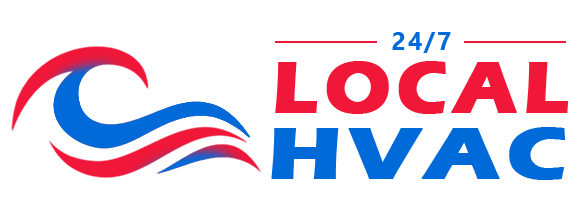5 Advantages of Ductless Mitsubishi Cooling and Heating Systems
1. They Offer Highly Flexible Solutions
Whereas traditional heat pumps and central air conditioning systems force cooled and heated air through ducts, ductless systems deliver air directly into different zones. They are comprised of a small outdoor unit and one or more indoor units that require nothing more than mounting capabilities and access to electricity.
Sometimes referred to as split systems, multi-split systems, or split-ductless systems, ductless cooling and heating offers home and business owners a cost-effective way to replace inefficient window units, space heaters and electric baseboard heaters. They can be installed in home additions, new construction, condominiums and apartments, or to improve temperature control in specific rooms. Ductless systems can even be fit for buildings that currently use ducted forced-air systems.
2. They Save You Money
One of the biggest reasons why homeowners switch to ductless cooling and heating is overall cost savings. In recent years, utility costs across the country have skyrocketed. When a home’s temperature depends upon an inefficient system, monthly bills can quickly climb out of control. Ductless systems operate on less power – they are smaller than traditional forced-air systems, and because the temperature-controlled air is delivered directly into a room, there is no loss in efficiency. Multi-split systems also allow homeowners to create “zones” in their home, which means they no longer have to cool or heat rooms that aren’t occupied.
In addition to saving money on utilities, homeowners may also be eligible for tax credits or utility rebates for the year they install a ductless system. There are many programs at the federal, state and local level that allow homeowners and businesses to take advantage of these additional savings.
3. They Improve Indoor Air Quality – Happy Breathing!
Often times, the quality of indoor air can actually be lower than the quality of outdoor air. With traditional HVAC systems, air ducts must be professionally cleaned on a regular basis, and even after cleaning, dust and allergens are left behind. Ductless systems, on the other hand, offer multi-stage filtration that can drastically reduce dust, bacteria, pollen, allergens and other particulates in the air.
4. They Are Quick and Easy to Install
Installing a traditional, ducted system can take several weeks and disrupts daily activities in the home. Ductless systems are far less invasive to install, and depending upon the number of indoor and outdoor units required, can be up and running in as little as one day.
Multi-split systems run on small pipes that require a mere three-inch hole. That means homeowners don’t have to worry about rebuilding walls or ceilings around ductwork and there is no loss of precious square footage.
5. Ductless Cooling Lowers Your Carbon Footprint
The small size of a ductless cooling system and its zoning capabilities allows for greater energy efficiency. Ductless cooling and heating systems follow ENERGY STAR guidelines, which means they are far more energy efficient than the minimum standards set forth by the U.S. federal government. Improved efficiency saves money, of course, but it also helps reduce your total carbon output.
Additionally, ductless systems take advantage of advances in chemistry to reduce effects on the environment. Ductless systems use a refrigerant called R410A, which is known for its zero ozone depletion potential. This means the system will have less impact on the environment throughout its lifecycle.
Ductless cooling and heating systems are energy efficient, environmentally friendly and completely customizable. They offer homeowners the ability to cool and heat specific zones of their home to the exact temperature they desire, providing consistent and exceptional year-round comfort.
DON’T DELAY YOUR COMFORT! Contact 247 Local HVAC for a Free Estimate on Ductless Mitsubishi – Call (833) 219-8010


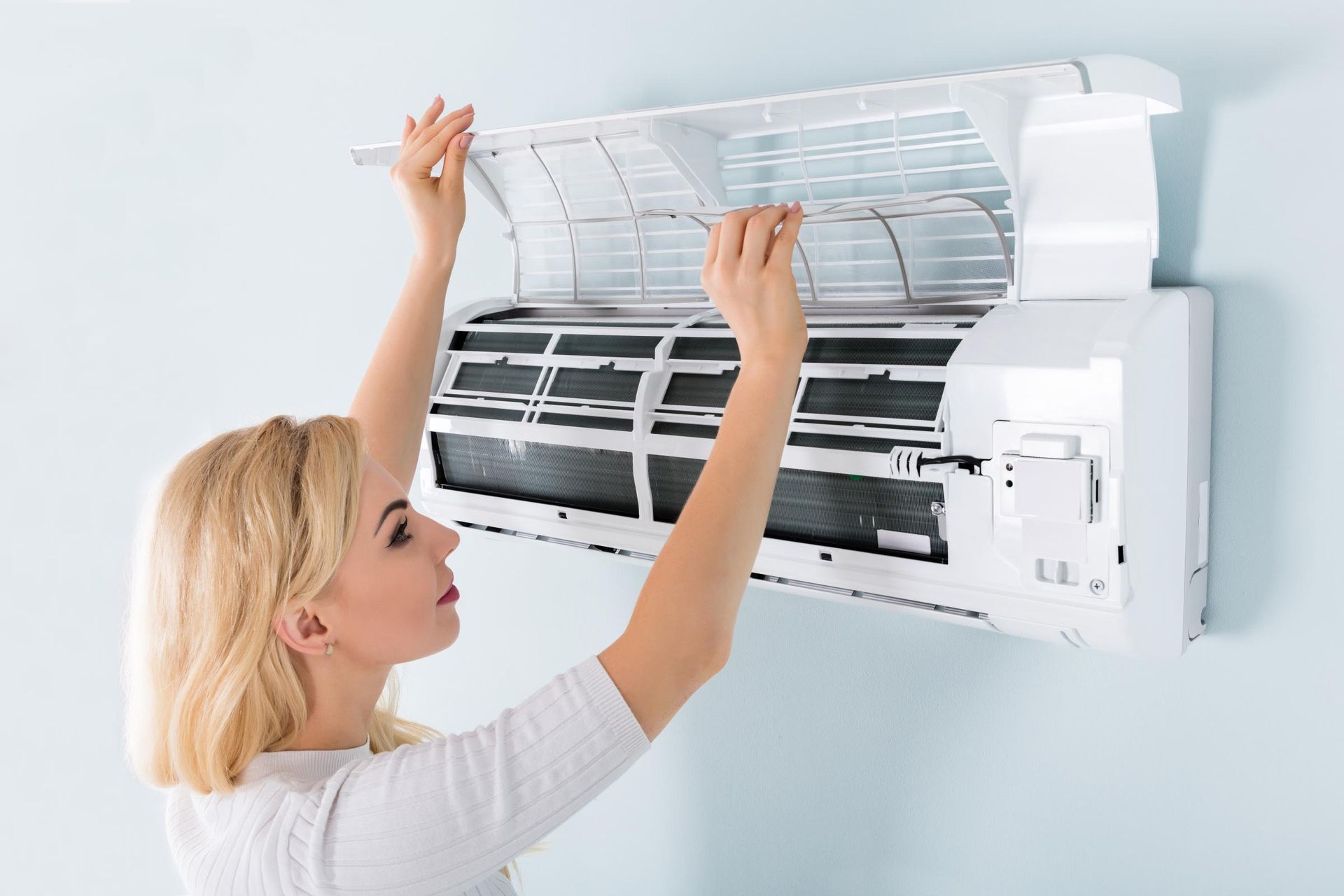
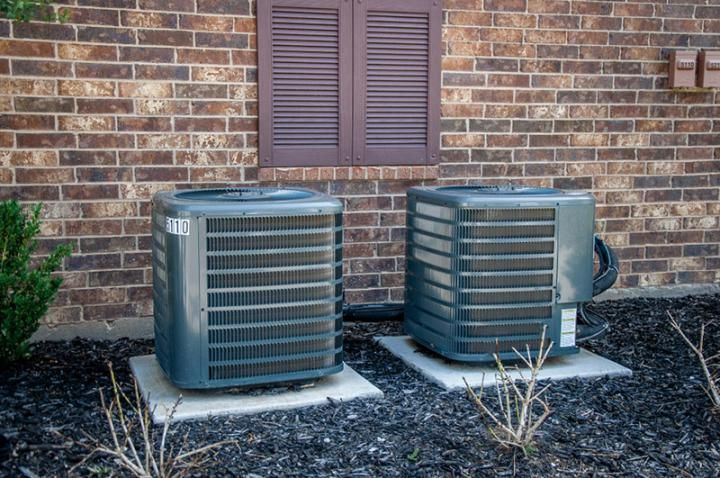

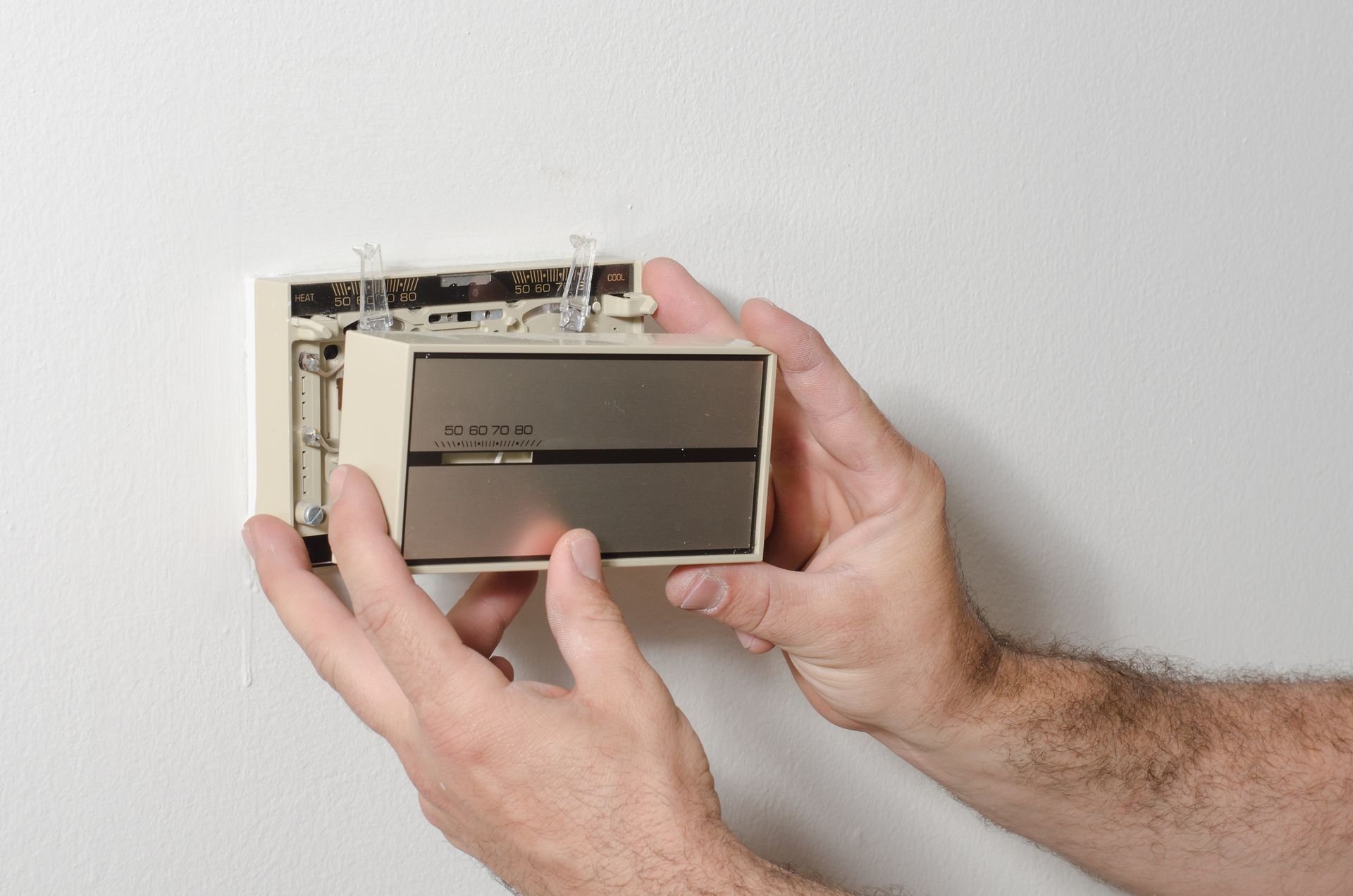

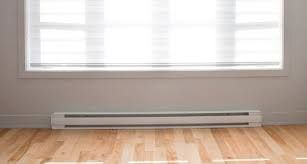
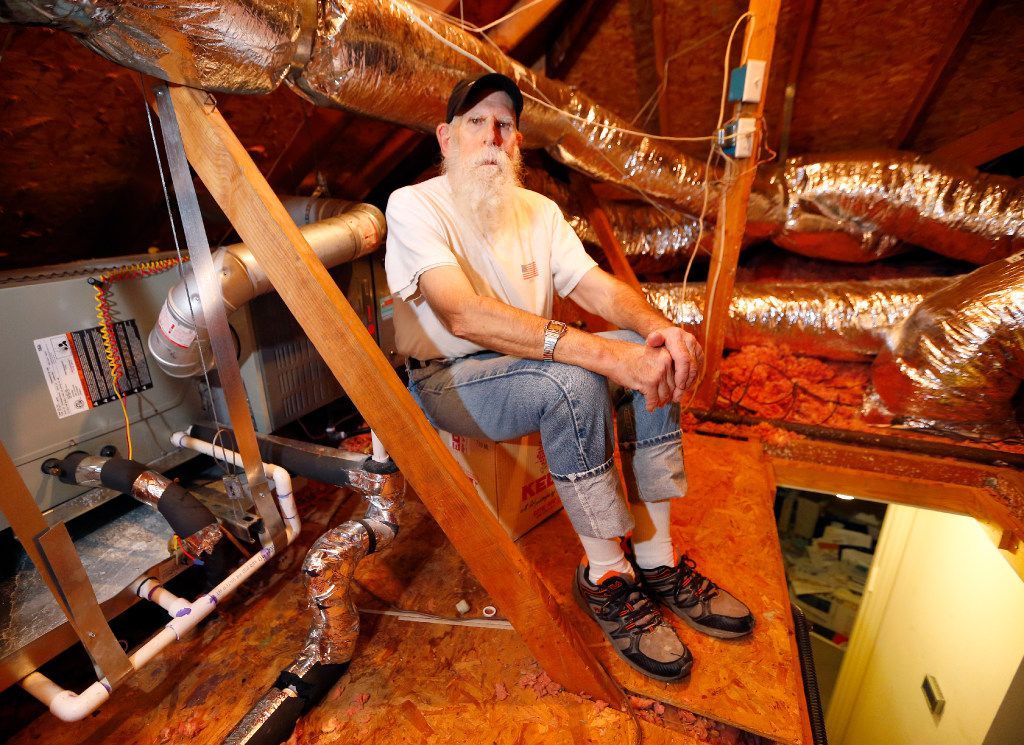

At 24/7 Local HVAC, we specialize in facilitating connections with top-tier HVAC professionals. Our focus is on bridging the gap between you and reputable HVAC companies operating within your local vicinity. It's important to emphasize that each of these HVAC entities functions independently and autonomously.
We firmly place the onus on every individual user to meticulously verify that any selected HVAC company aligns with the mandated licensing and insurance prerequisites stipulated by the governing authorities in their respective jurisdiction.
Furthermore, it's worth noting that our services may regrettably not cover all geographical areas. In instances where our services are available, the scope of offerings could potentially differ based on the composition of service providers present within that particular region.

